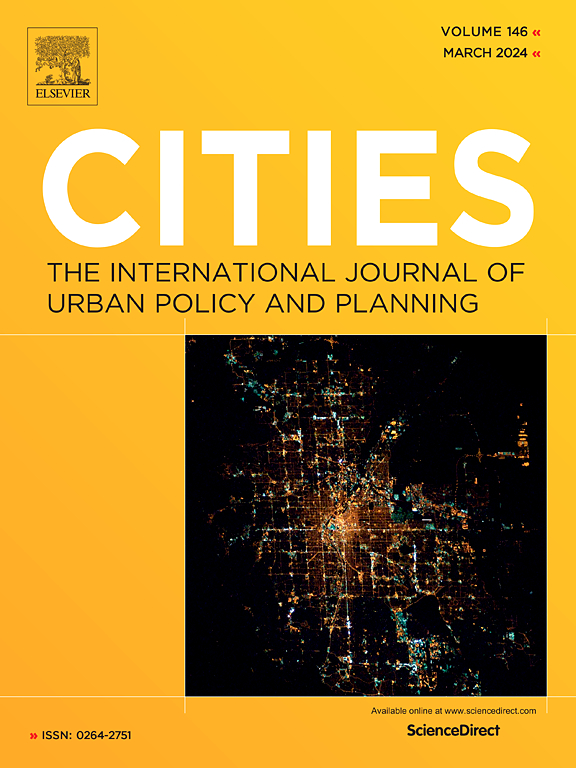城市数字双胞胎与城市实验室:“沙盒城市主义”的实践与政治
IF 6.6
1区 经济学
Q1 URBAN STUDIES
引用次数: 0
摘要
城市数字孪生(CDTs)是结合城市数据的数字平台,通过预测模拟和城市动态可视化来支持城市监测。通过对Rennes msamtropole, communaut本文章由计算机程序翻译,如有差异,请以英文原文为准。
City digital twins and the urban laboratory: The practice and politics of ‘sandbox urbanism’
City Digital Twins (CDTs) are digital platforms that combine urban data to support city monitoring through predictive simulations and the visualization of city dynamics. Through case studies of Rennes Métropole, the Communauté d'agglomération Paris-Saclay, and Dassault Systèmes—two French intermunicipal authorities and a global software firm—this paper conceptualizes CDTs as “urban laboratory projects” that aim to performatively enact cities as sites for technological innovation. Yet, as entrepreneurial actors use CDTs to showcase innovative self-narratives, advancing these projects locally requires the negotiated ‘enrolment’ of various organizational partners. In these interactions, entrepreneurs flexibilize the definitions of their projects in order to adaptat to institutional obduracy. This is found to be a recursive cycle in which flexibility and stability in the organization of urban networks are self-reinforcing. While urban laboratory projects like the CDT may support the advancement of a certain 'innovative' symbolic order, the interaction between (1) flexible project definitions and experimental relationships on the one hand and (2) stable institutions and sustained narratives on the other often produces ephemeral experiences over lasting infrastructural or institutional change. The study finds that the enactment of the urban laboratory reinforces a “sandbox” approach to urban governance in which projects are constantly renewed but never completed. Through a discussion of this ‘sandbox urbanism,’ the research offers a critical view of the social entropy generated by the laboratorization of urban governance.
求助全文
通过发布文献求助,成功后即可免费获取论文全文。
去求助
来源期刊

Cities
URBAN STUDIES-
CiteScore
11.20
自引率
9.00%
发文量
517
期刊介绍:
Cities offers a comprehensive range of articles on all aspects of urban policy. It provides an international and interdisciplinary platform for the exchange of ideas and information between urban planners and policy makers from national and local government, non-government organizations, academia and consultancy. The primary aims of the journal are to analyse and assess past and present urban development and management as a reflection of effective, ineffective and non-existent planning policies; and the promotion of the implementation of appropriate urban policies in both the developed and the developing world.
 求助内容:
求助内容: 应助结果提醒方式:
应助结果提醒方式:


